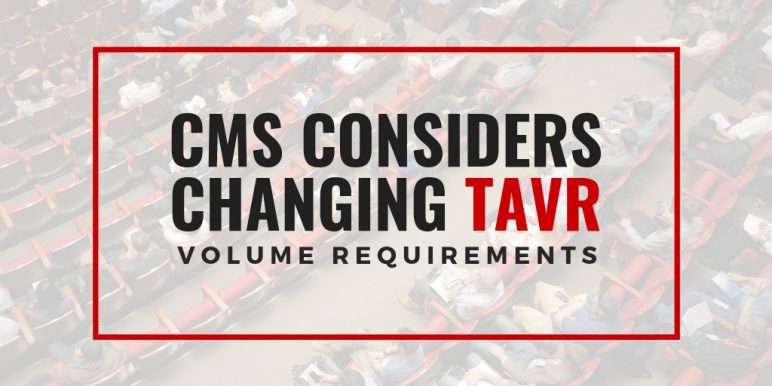A popular hashtag among cardiologists on Twitter, #RadialFirst hopes to promote the adoption of transradial access for cardiac catheterization and percutaneous coronary intervention (PCI) in cath labs across the world thanks to a deepening evidence base of positive outcomes.
The evidence shows that transradial access is associated with reductions in bleeding, vascular complications, and time to ambulation compared with a femoral approach. However, while the adoption of the transradial approach is increasing in the United States, the approach is not as widely used as it is in Europe, Canada and Asia—perhaps due to the challenges in the approach's learning curve.
So, what is the current state of the transradial approach in the United States? That is the question a new comprehensive literature review from the Duke Clinical Research Institute, published in Cardiovascular Innovations and Applications, set out to answer.




